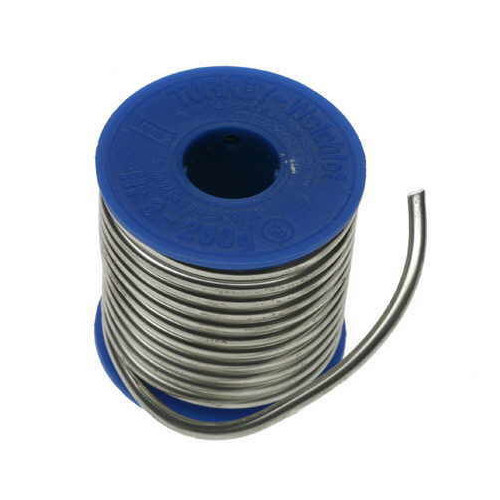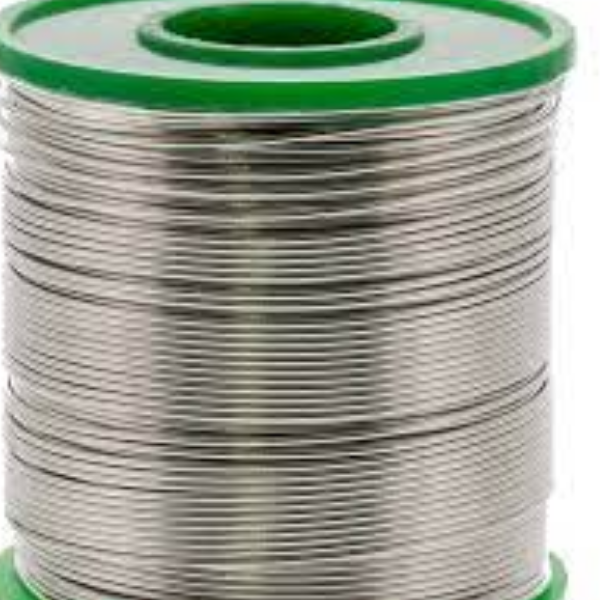Guide to becoming a component lead-free silver solder expert
Tin lead-free silver solder is a very basic and indispensable job for electrical engineering. People, looking at the welding speed can also partly assess the skill of the worker. So how to improve the quality of the weld and what are the things to keep in mind during this process?
For becoming an expert in lead-free silver solder there are several points to keep in mind. Soldering iron, Soldering tip(tin soldering tip), soldering lead, resin, and component welding machine. Here in this article, we will explain all the points.
1. Soldering iron and lead-free silver solder
Today, lead-free silver solders have many types. To choose the right product, people are often based on the product's power factor (W). The larger the power of the soldering iron, the greater the heat output will be for the faster melting of the tin.
You can refer to the product line of Solomon. Taiwan torch with a power range ranging from 20W -100W. It depends on the application that can choose the appropriate power type. However, the common temperature level when using a soldering iron is at 40W, why is that?
Effects of temperature on soldering iron
At 40W the soldering iron will provide a moderate amount of heat to avoid damaging components. Soldering irons with too much power will cause oxidation of the copper wire surface, making the process difficult.
In the case of turpentine, coating to make a coating for the lead-free silver solder high temperature is not common. Too high a temperature will burn the plastic. And stick to a burnt layer at the weld, which is unsightly.
2. Soldering tip (Tin solder tip)
In the soldering iron, the tip of the torch is the main place of operation. This catches heat in direct contact with solder tin, turpentine, circuit board, etc. So this will be the part that is most susceptible to damage and often it requires replacement.
Usage time some notes when using a soldering iron. We should not leave the welding machine at a high temperature for a long time. Because it turns off or reduces the temperature when not in use to avoid oxidizing the solder tip.
Cleaning of lead-free silver solder iron
Clean the soldering iron regularly with the solder and wipe it with a wet sponge. In lead-free silver solder, oxidized torch tips will reduce heat transfer. So it needs to be replaced for best results
The price and quality soldering irons vary according to price. It will give fast heat transfer speed and higher durability than conventional cheap products. You can refer to the other types of genuine soldering irons.
3. Soldering Lead – Tin Solder
Soldering lead is probably nothing new to electrical repair people. It is sold a lot on the market. You can easily buy it anywhere. Solder is very easy to melt, only about 60, 80 ° C, the composition is about 40% lead and 60% tin, so it can also be called solder tin.
There are two types of solder: a solid type with a turpentine coating on the outside and a hollow inside containing turpentine. The type of lead-free silver solder with an iridescent metallic appearance is covered with an outer layer of tin to avoid lead poisoning for users.
4. Resin and lead-free silver solder
Resin is an indispensable material in the process of soldering components. It helps to increase the life of the solder tip. It also creates a coating on the surface of the dynamic layer. Similarly, it is common to prevent copper oxidation, and make the solder easier to stick.
In terms of shape, turpentine is solid, light yellow, clear, and turns into a liquid. When it comes in contact with a hot soldering iron, a tray is important to prevent the resin from flowing into the work area.
5. Component welding machine
In today's industrial age, more and more devices of lead-free silver solder are born. And component welding machines have become a more common product. Component soldering machines have nice design to make soldering work as convenient as possible.
If your work requires continuous circuitry, this is an indispensable device. The soldering stations allow for relatively precise temperature regulation. So you can customize the right temperature for each application to make the job easier.
Parts of lead-free silver solder station
One soldering station will include
- Firstly, the front panel temperature control knob
- Secondly, Torch holder
- Finally, the tool holder (depending on model)
Instructions for using a soldering station
Step 1: In any case, before making any kind of component or lead-free silver solder, it is necessary to clean the circuit board and component pins cleanly. A dusty welding surface will reduce adhesion, reduce weld quality or lose aesthetics.
Step 2: Cut the leg of the component so that when plugged into the circuit, the foot rises from the surface of the circuit to the component about 1mm. This is necessary for the soldering to be balanced.
Weld the components of lead-free silver solder
Stick the lead-free silver solder into the turpentine so that the turpentine flows into the soldering iron head. It will bring the torch to the component feet and heat the soldering iron. So that the turpentine flows out, covering the component feet and holes on the circuit.
We should watch a sufficient amount of solder to achieve high aesthetics. If you feel that the solder joint is not beautiful because there is not enough in it, red-dot the turpentine and add it to the solder joints to make the solder joint more beautiful.
Lead-free silver solder important positions
Solder tip: Tinned soldering iron plays a very important role in the soldering process because if not coated, the soldering iron will come in direct contact with the component pins; the circuit board will burn, damage, or distort the component index.
Tin coating the lead-free silver solder position: the drop of solder tin flows down to fill the component hole and help dissipate heat around creating a thermal balance to improve the durability of the circuit board and robustness after performing the welding process.






